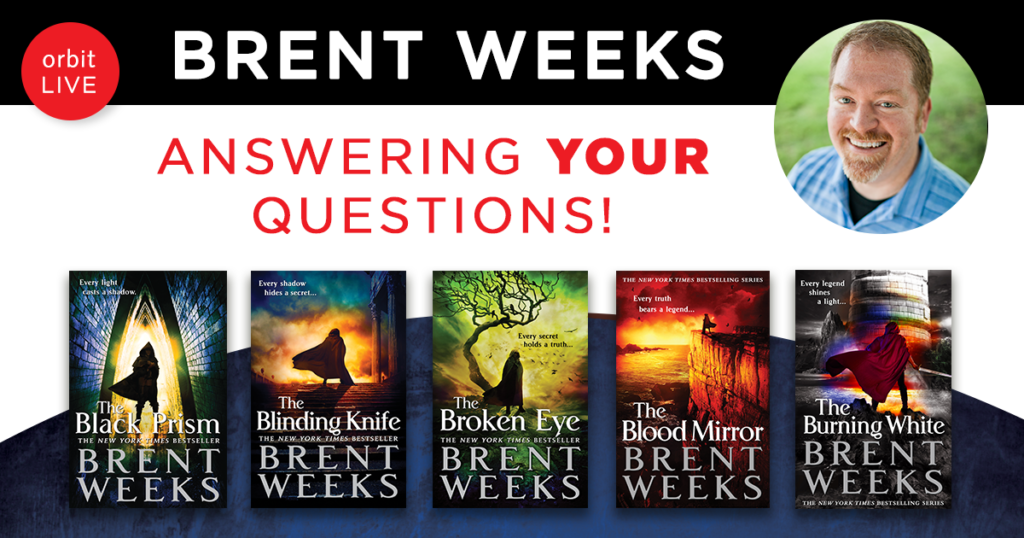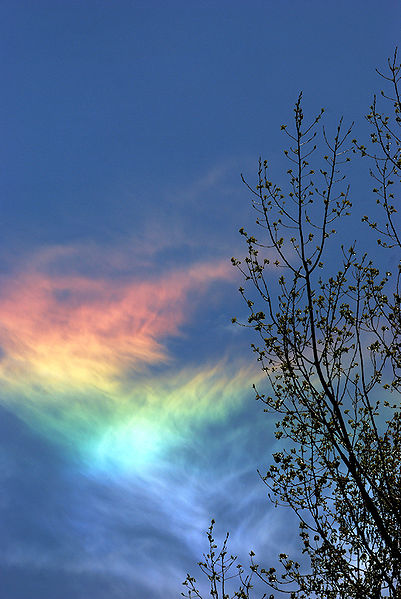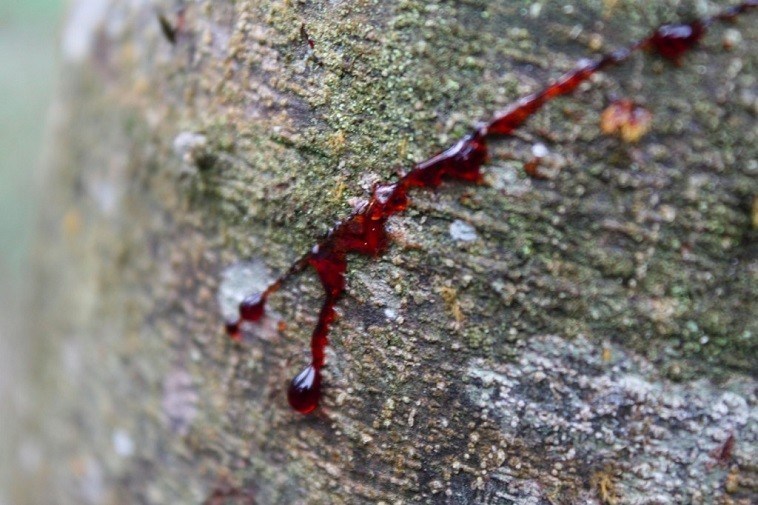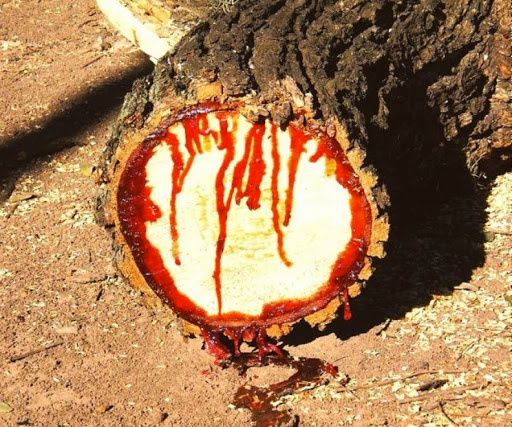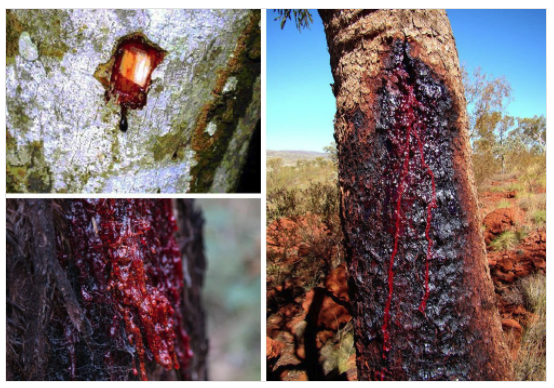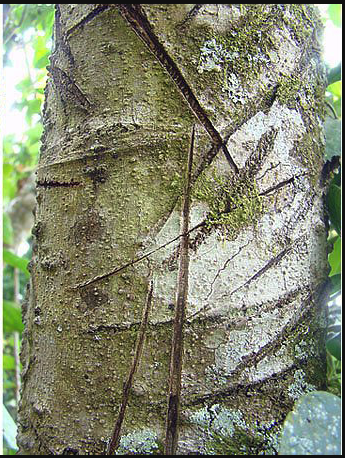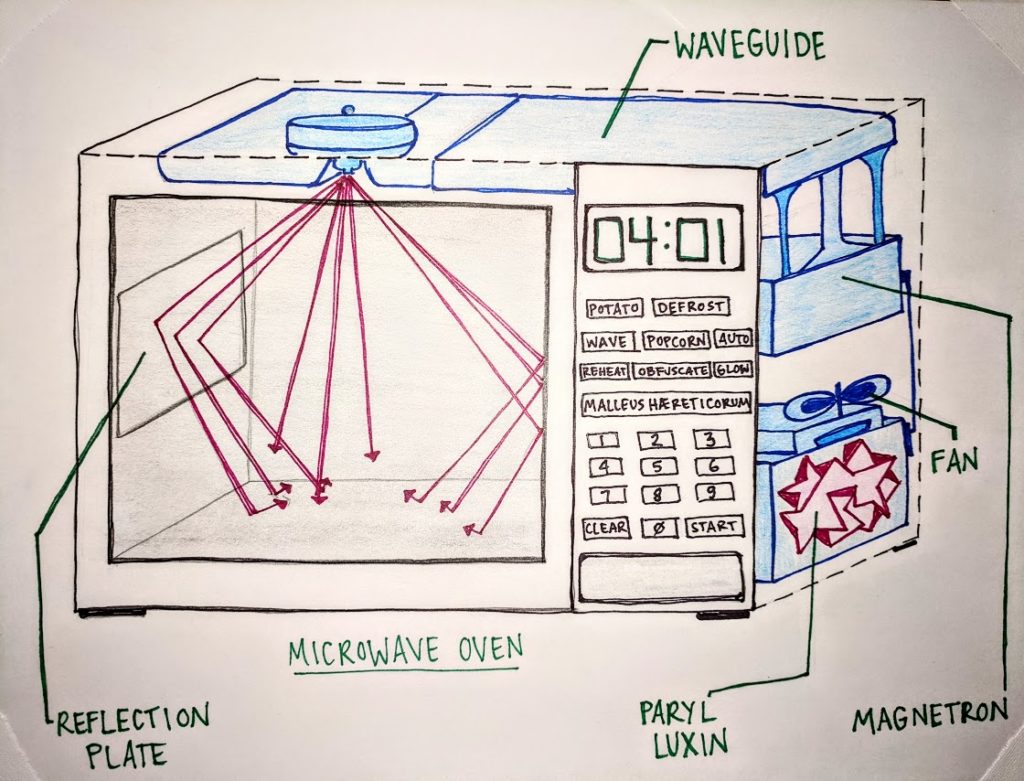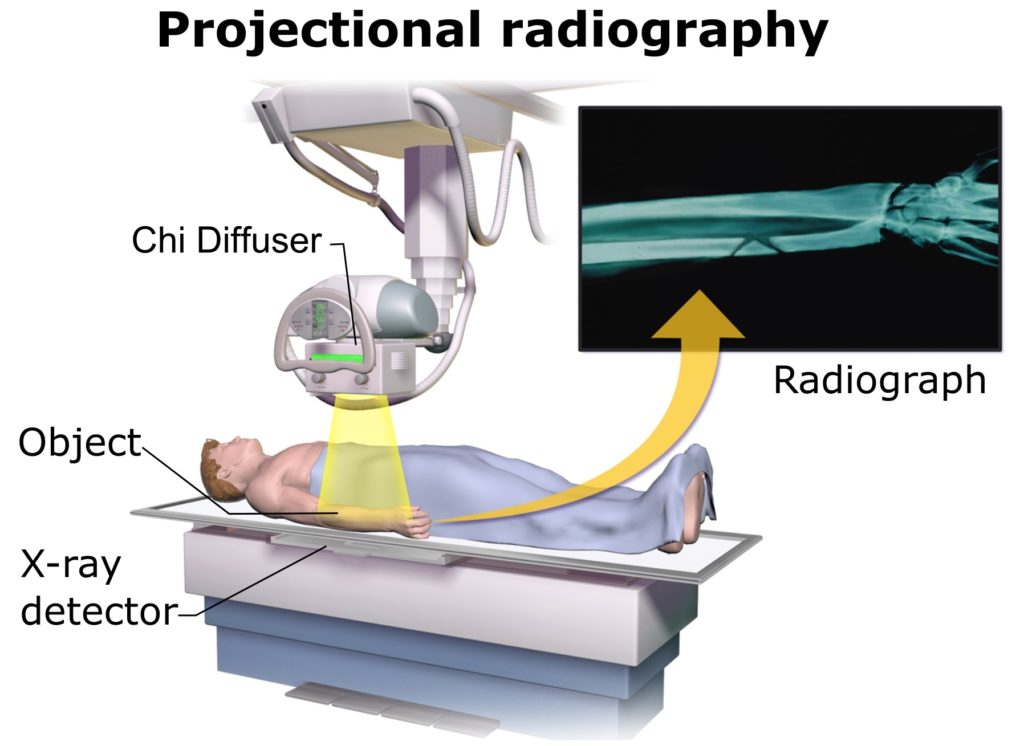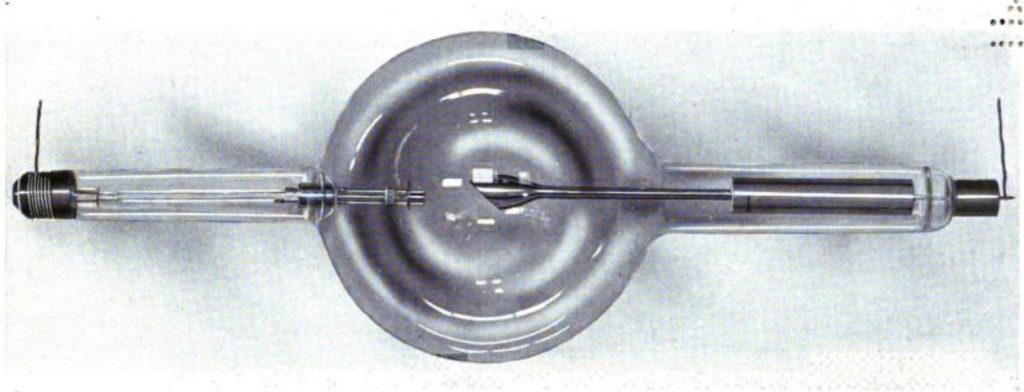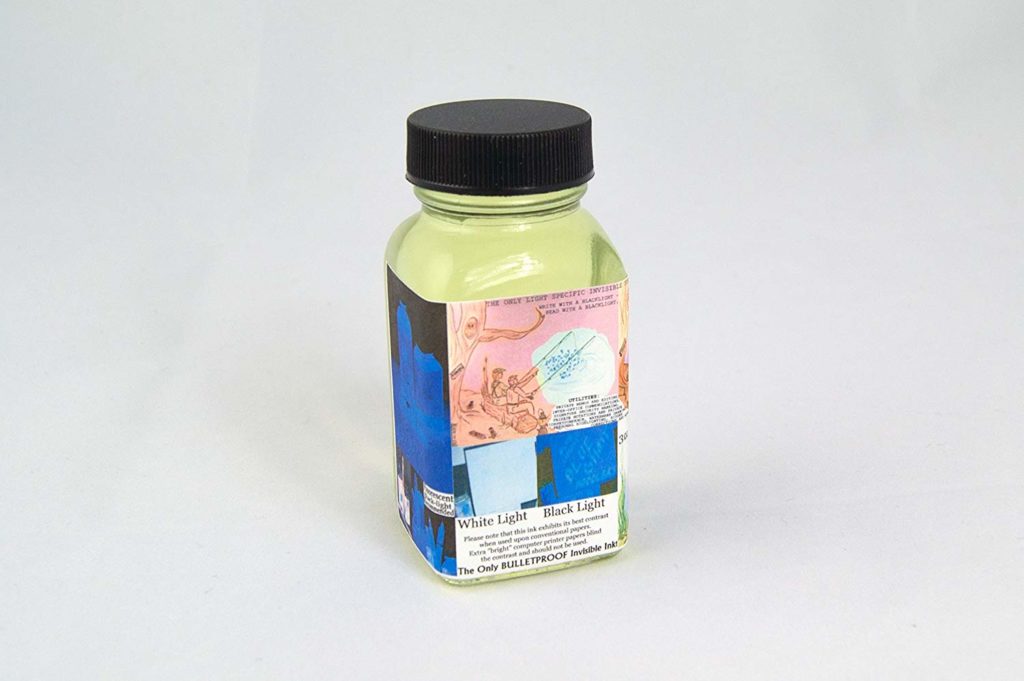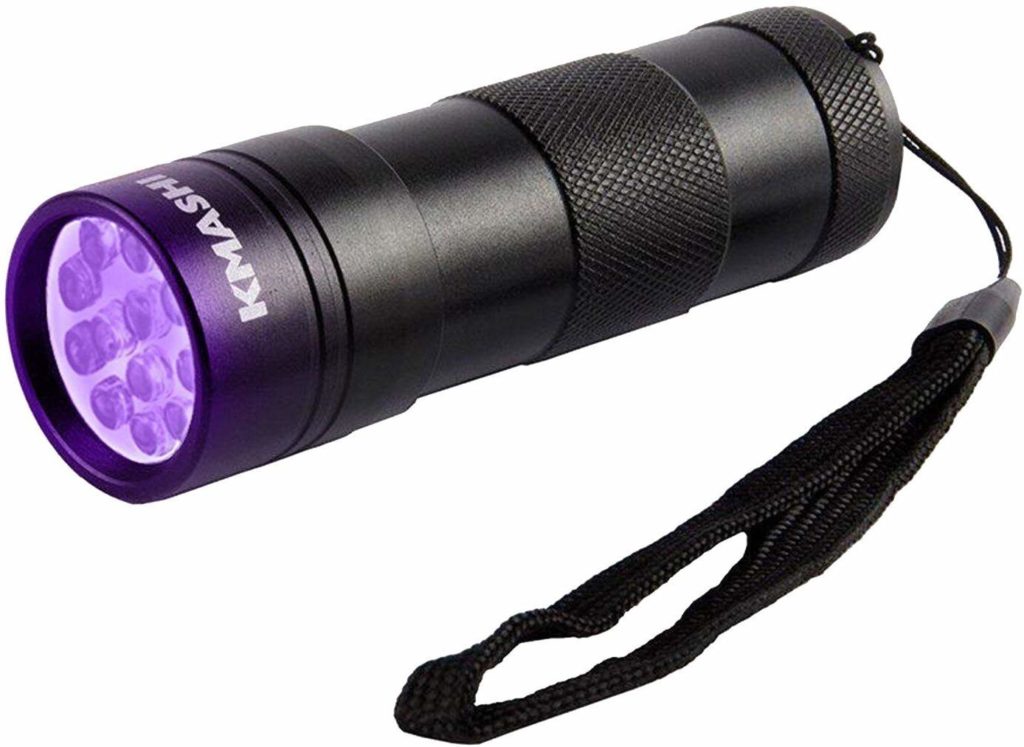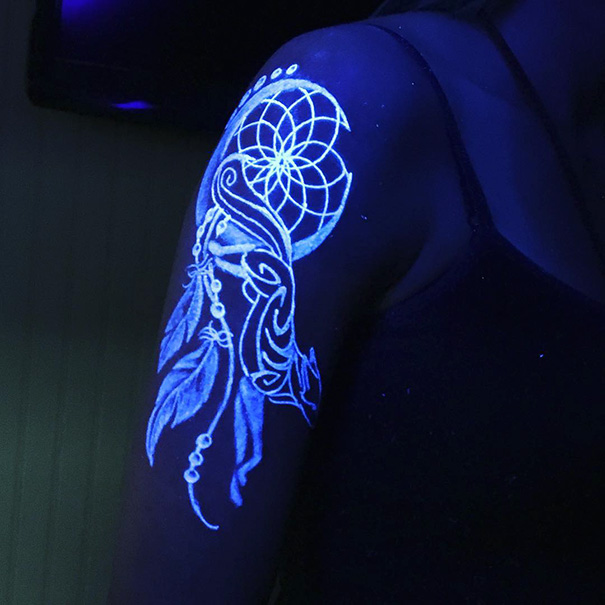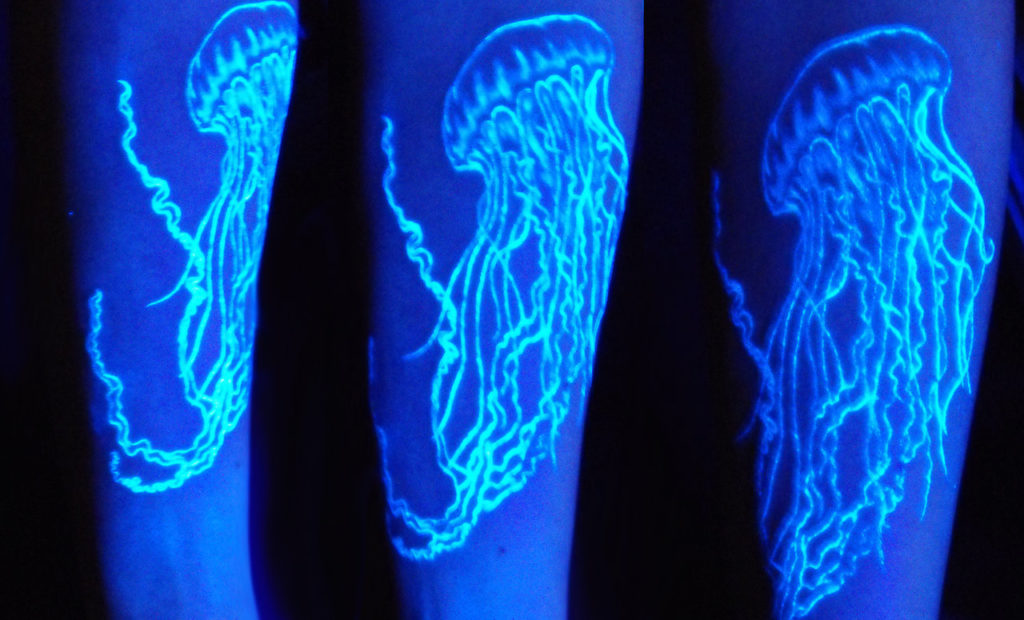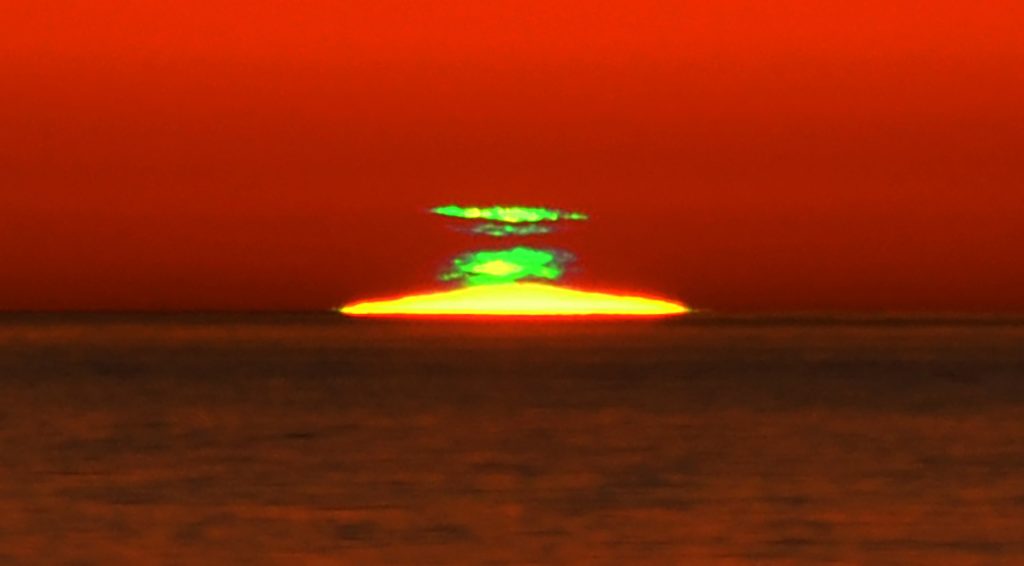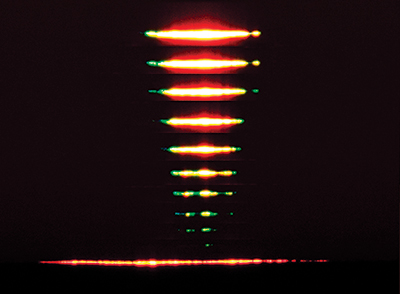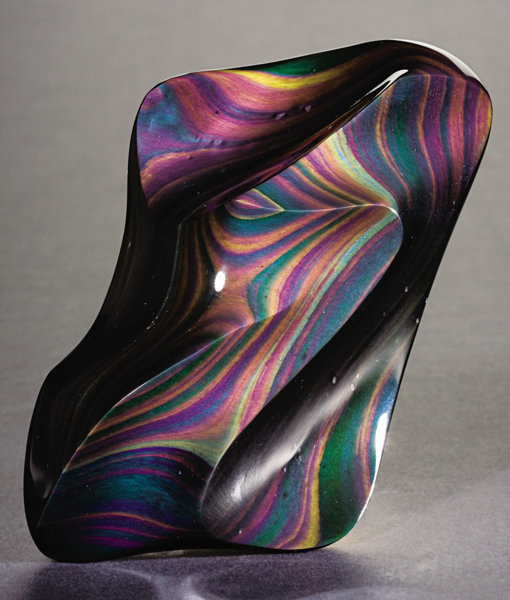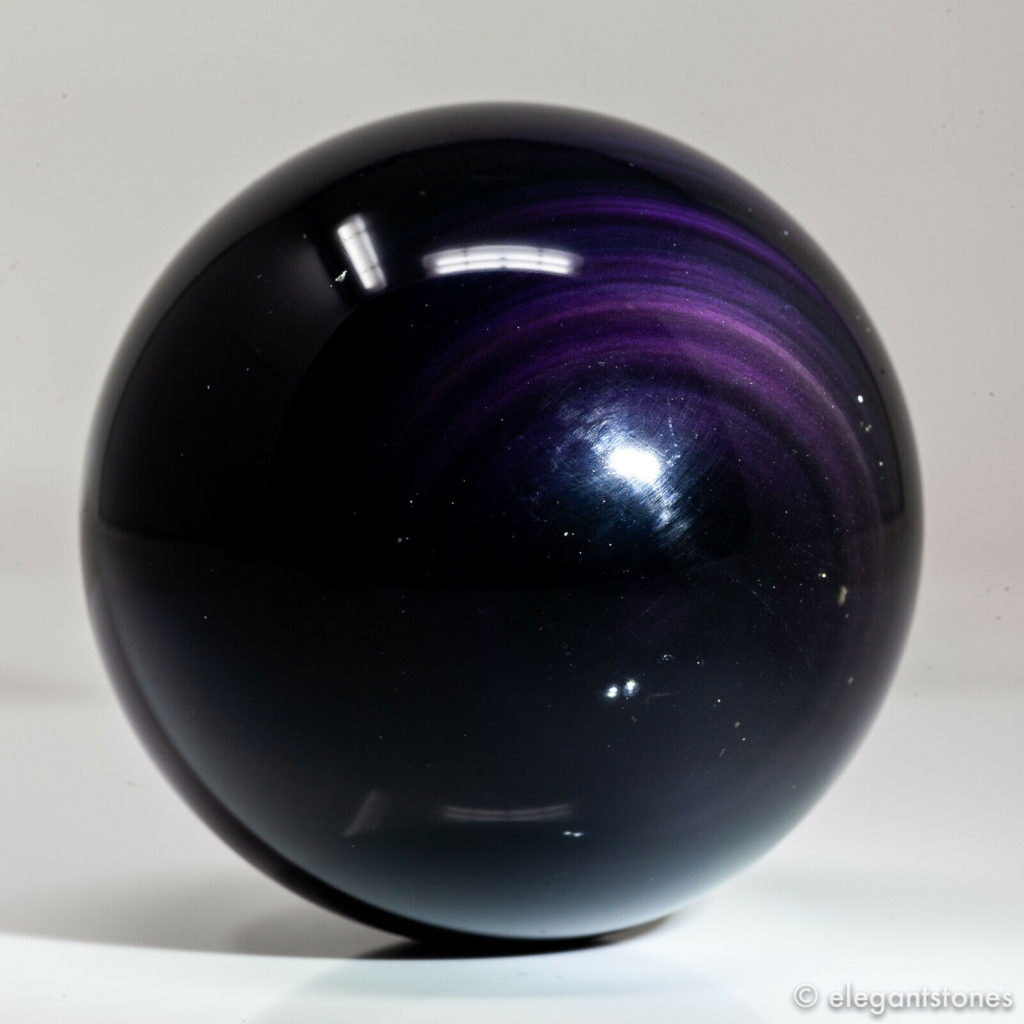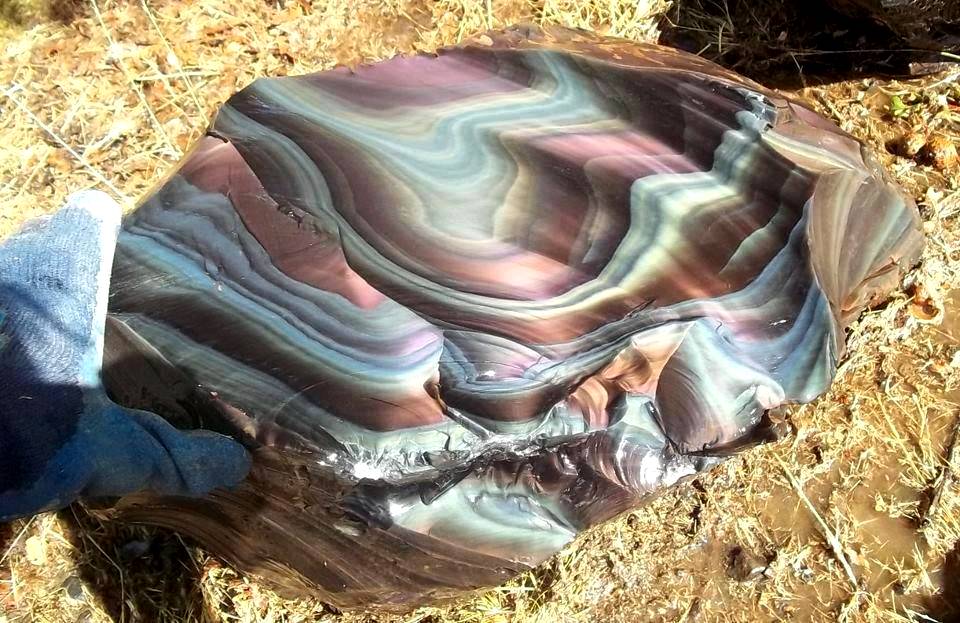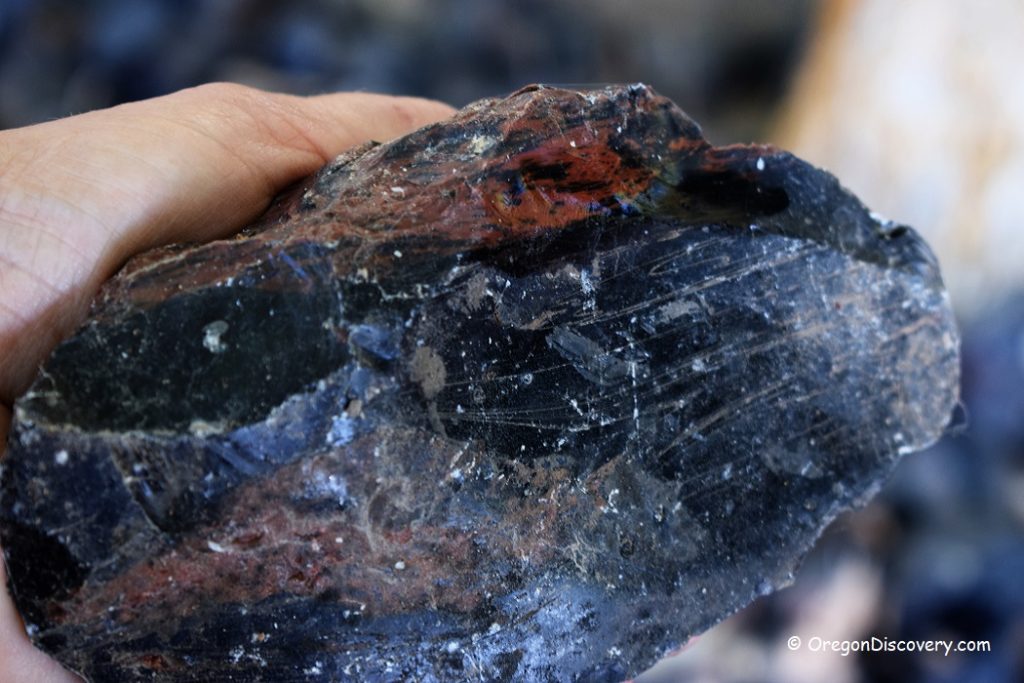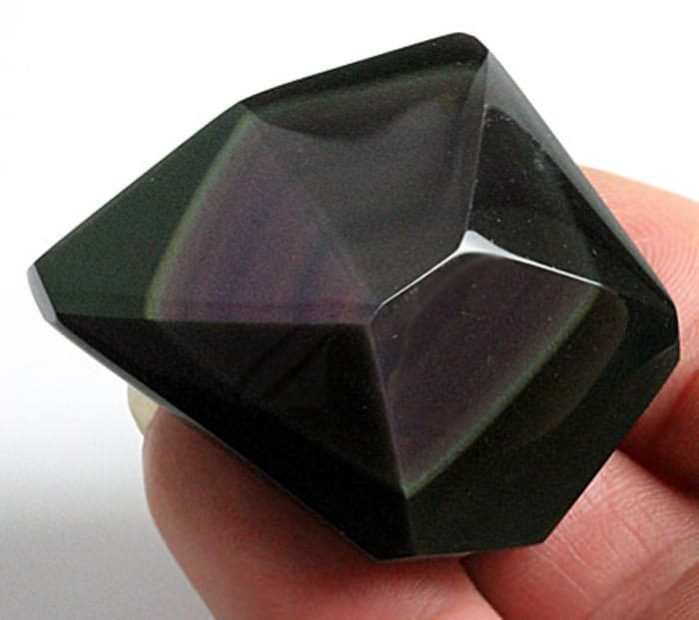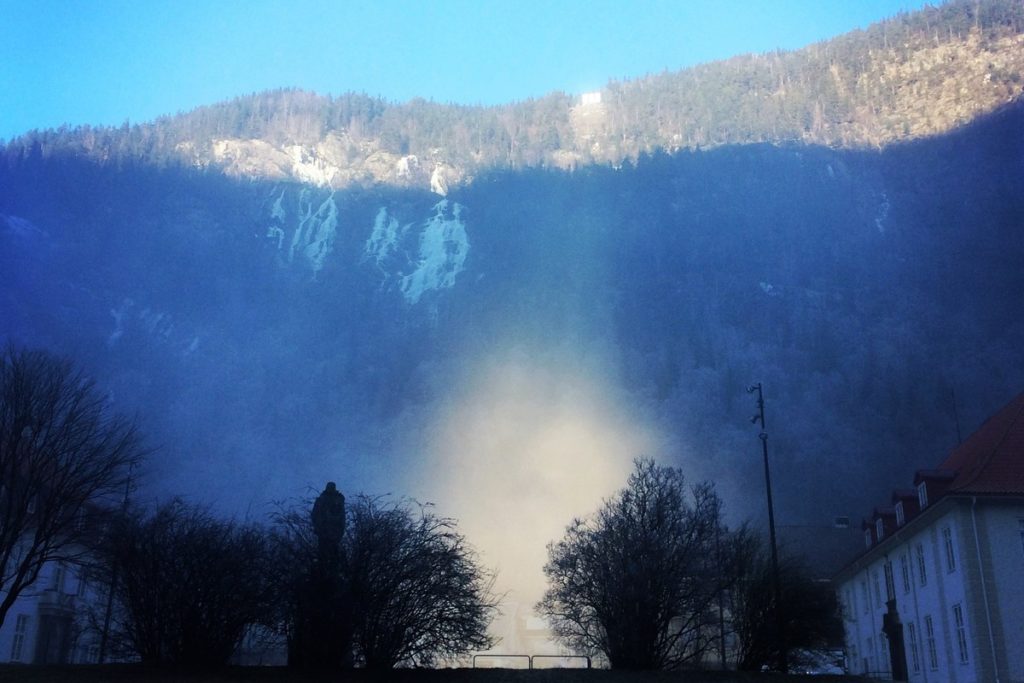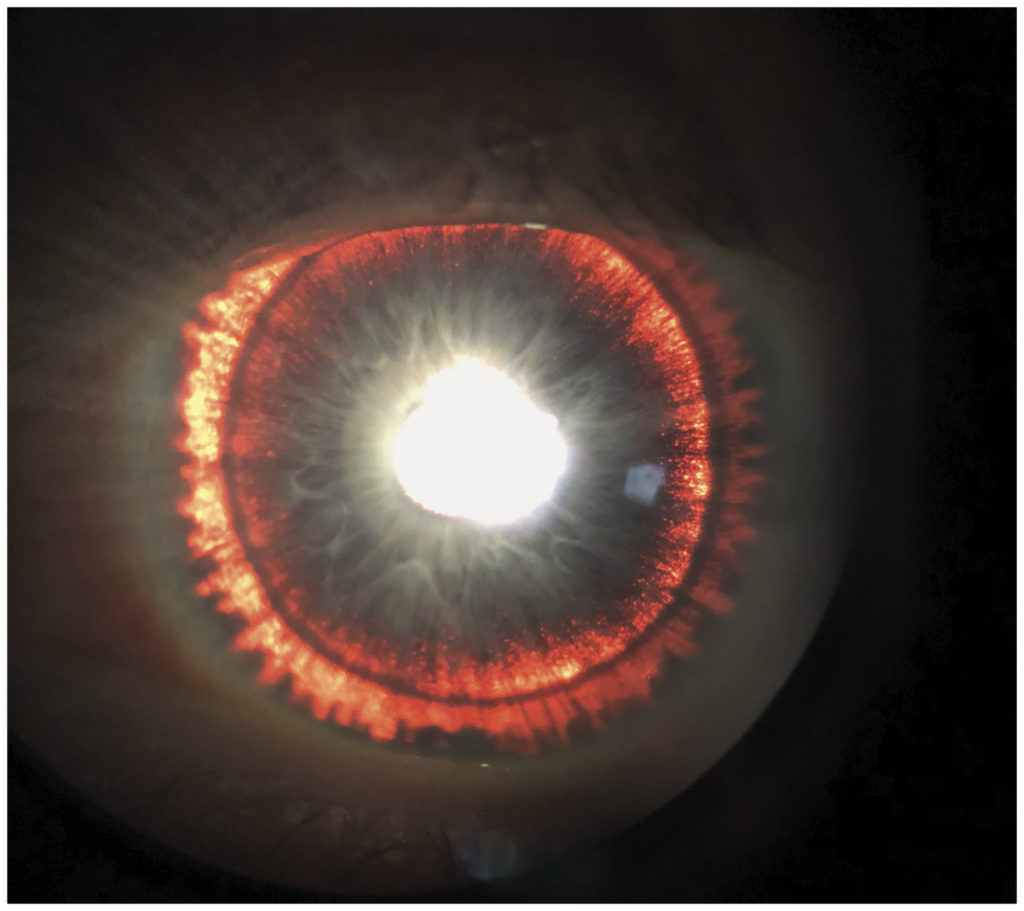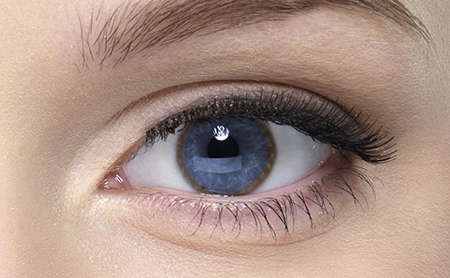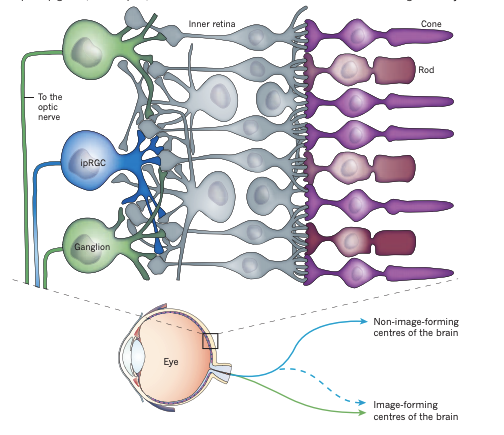Real Life Promo Roundup
Let’s start with the fun part: A Real Life Fantasy Condor.

The photo is from an article in New Scientist magazine. Stealth glider made out of special polymer self-destructs in sunlight. I’ve never considered whether luxin was a polymer before now. A 30-second Google search confirms in my mind that it couldn’t be anything but.
“Then the luxin hardened in its shape, which was as much like a condorâ™s wings as Gavin had been able to manage. The wings caught the air, and Karris and Gavin shot into the sky.
The Black Prism p.70, Brent Weeks, 2010
The first time Gavin had attempted it, heâ™d tried to hold one wing in each hand. Heâ™d learned then why birds have hollow bones and weigh almost nothing. The lift had nearly torn his arms off. Heâ™d gone home wet, bruised, and angry, with most of the muscles in his arms and chest torn. By making the condor all one piece instead, heâ™d taken away the need for muscle at all. The whole thing flew on the strength and flexibility of the luxin, speed, and wind.
Of course, it didnâ™t really fly. It glided. Heâ™d tried to use the reeds, but it hadnâ™t worked so far. For the time being, the condor had a limited range.
Karris wasnâ™t complaining. She was wide-eyed. âGavin! Orholam, Gavin, weâ™re flying!â She laughed, carefree.”
.
Next order of business:
The Brent Weeks Shopify Store is (Still) Open! Buy an exclusive t-shirt or signed copy of THE BLACK PRISM from the man himself.
Also:
Fans in the UK can buy the WAY OF SHADOWS ebook for 99p. This deal doesn’t last forever, so snag it while you can!
.
And last but certainly not least, Brent will stream his November Q&R video live next Tuesday, 17 November, at 2pm PST. Make sure to register for the event on Crowdcast!
